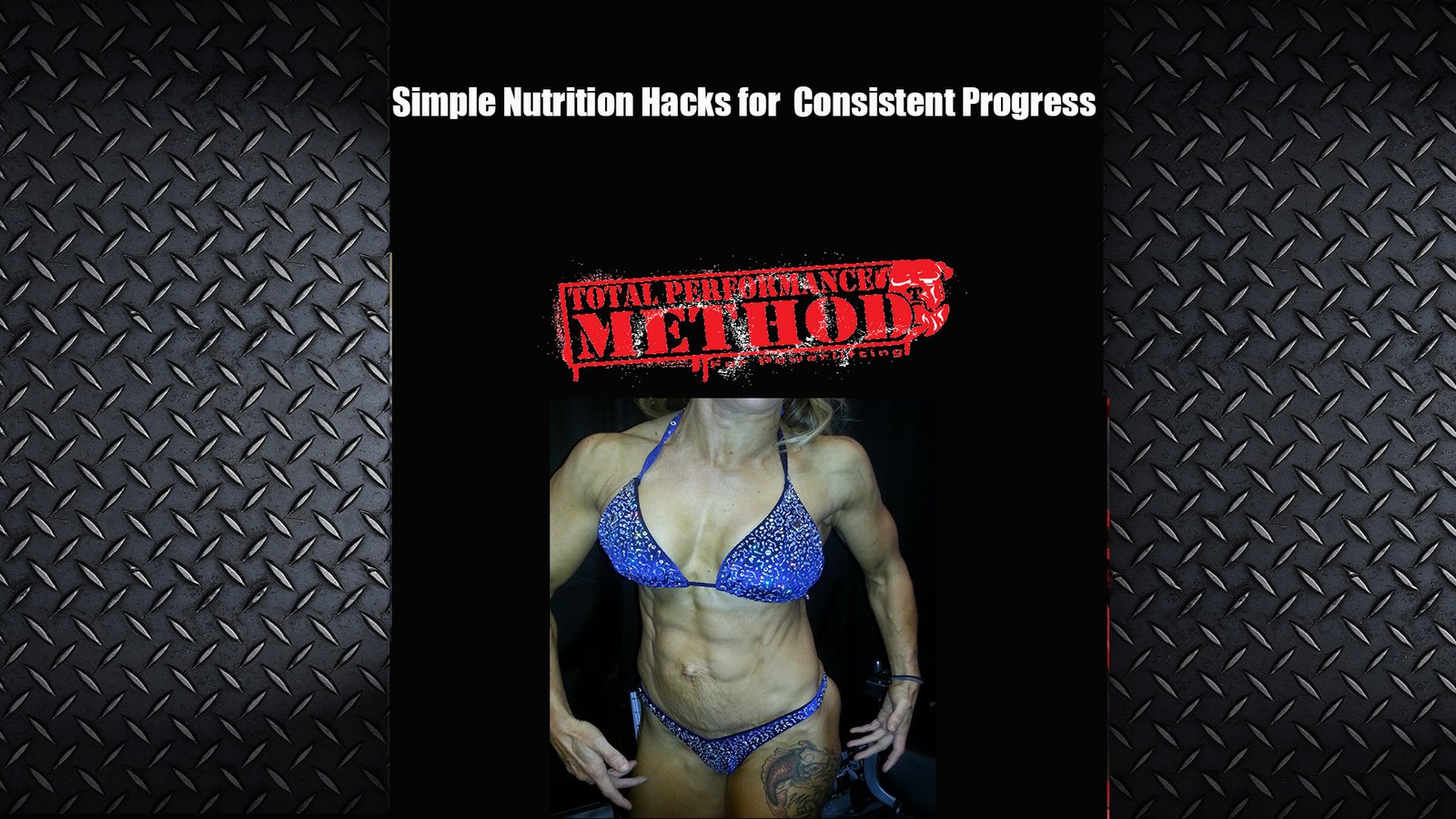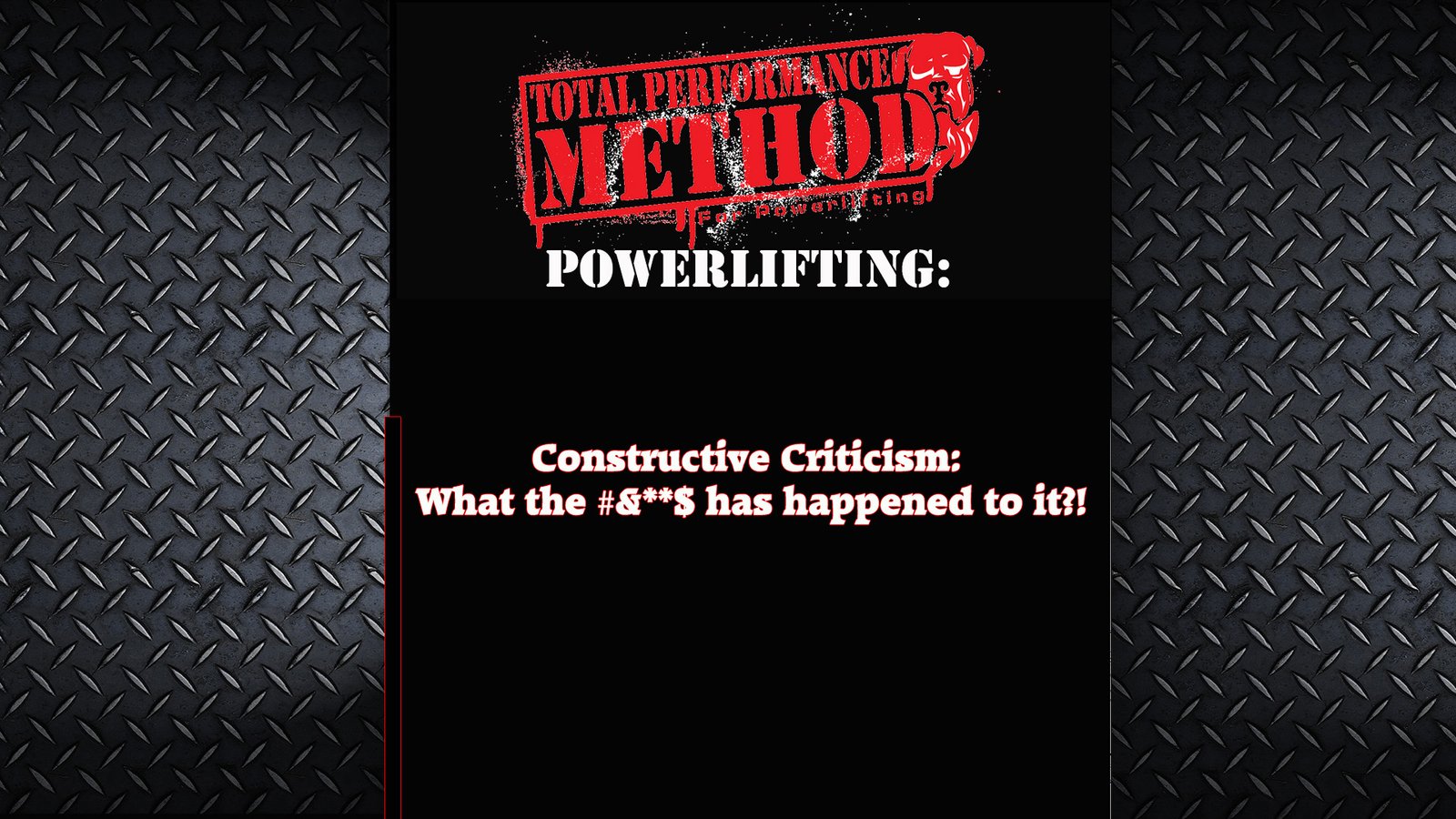
Goals are always big at this time of year. Many people have resolutions they want to keep, especially regarding fitness and weight loss. Most people do one of the following things setting themselves up for failure instead of success:
- no plan
- an unrealistic plan
- non-compliance with the plan
Let’s look at the first two and see how we can generate success instead of failure.
A lot of people say they will get in shape this year or lose weight and then join a gym or follow a diet plan that is foolish. The old saying goes that not having a plan is planning to fail and I agree.
You must have a plan. Your plan must include goals, too. Your goals must be realistic and be accompanied by a timeline for smaller, attainable sub-goals and a penalty for not achieving them. I’ll cover this later.
What about those who do have a plan? All too often the plan is not realistic or thought through. It is frequently simple; join a gym. While I am in favor of simple plans, they lend themselves to success, this is too simple. It is unrealistic. Joining a gym does not have any timelines for success or penalties for failure. It is unrealistic. It is just as unrealistic as those wishing to lose 25 pounds or five dress sizes in a few weeks. This is most commonly seen in the gym business as the rush of people who join the gym in January and come in for about two weeks and then quit because they didn’t get results.
Why don’t they get results? They didn’t plan. They come in and walk on the treadmill or play with the machines doing “arm” exercises to “tone” and get frustrated because they didn’t lose 35 pounds. There is also no accountability in their plan; only failure.
How about non-compliance with the plan? This is also a huge one in the gym industry. People sign up for six months or a year at the gym and don’t go. They sometimes make a few diet resolutions and cheat thinking one cookie won’t make a difference. Guess what? It does.
When making a plan you must follow it to achieve success. You must also build in penalties so there is accountability. Accountability leads to success. It can be to yourself or another person. This is why personal training clients get results. They have a plan created by their coach and they have accountability. They are accountable not only to themselves, but to the coach. They get results.
So how can you get results? This is easy. If your budget allows, register for a TPS camp, semi-private training group, or one-on-one training. You will be held accountable and you will get results if you do what we say. This is your best option.
If you can’t afford this or you are the DIY type, TPS sent you the Fat Loss Roadmap V.2 for free a few days ago. It is your plan and your call to action. Print it out and get to going on the worksheets. Once you have that done, follow the instructions and get to the gym. The workouts are all right there for you. No guesswork, no wondering if it is a well-designed plan, just show up at the gym and work hard for an hour. It’s all laid out for you and it has been PROVEN to work! It is not some workout typed up by an internet guru that pumps out 15 articles a week and doesn’t actually train anyone. It is not written by a self-proclaimed expert who cranks out workout after workout preaching their system saying it works and never actually testing it. It was written by me (Murph) and if you work out at TPS you have probably seen some of my clients doing that same workout.
Set some small attainable goals (milestones), set a long term goal, schedule your training time slots and KEEP them, use the Fat Loss Roadmap V.2, set rewards for attaining milestone goals and set penalties for not attaining them (Murph’s note: a GREAT penalty would be to get me a $25 Dunkin Donuts or Best Buy card each time you screw up) and you will be on the road to success.

A lot of success at things like this is forming habits. If you turn your healthy eating into a habit, like your training hopefully already is, you are more likely to stick to it. There is an old adage that says it takes an average of 21 days to form a permanent behavior change (habit). Use this timeline and introduce milestone goals about every three weeks.
For example, for the first three weeks-I will cut the sugar in all my coffees in half and eat protein at each meal.
Second three weeks: I will eliminate the sugar in my coffee completely and cut my intake of prepackaged foods in half.
These are easy and small goals that will add up over time and make a huge difference. They are very attainable. They are also much better than something like “I will tone up” or “I will lose 45 pounds by February.” Goals like these ensure success, not failure. You can do it.
Good luck and read on for more tips for a leaner and healthier 2013.







Leave A Comment